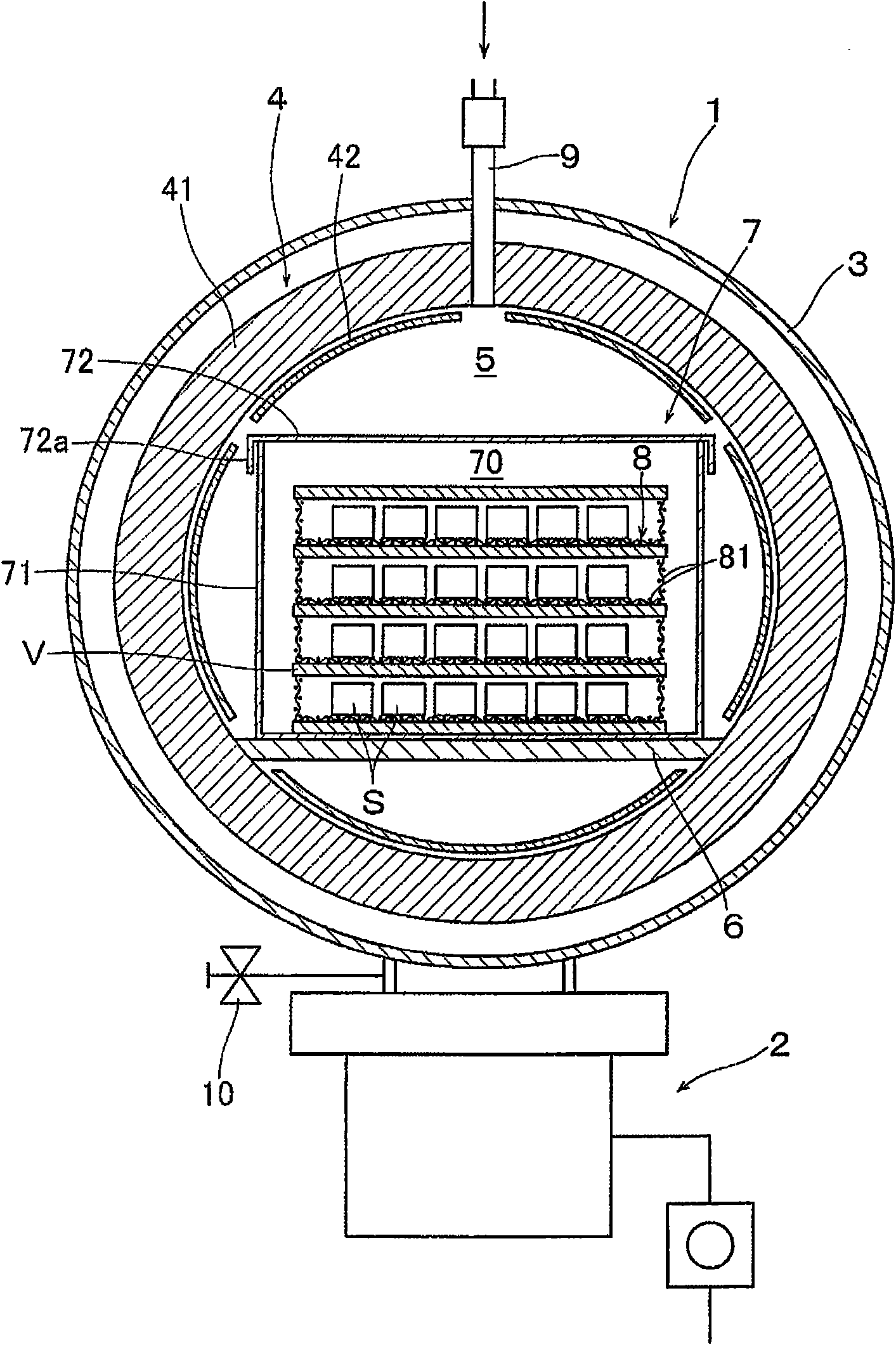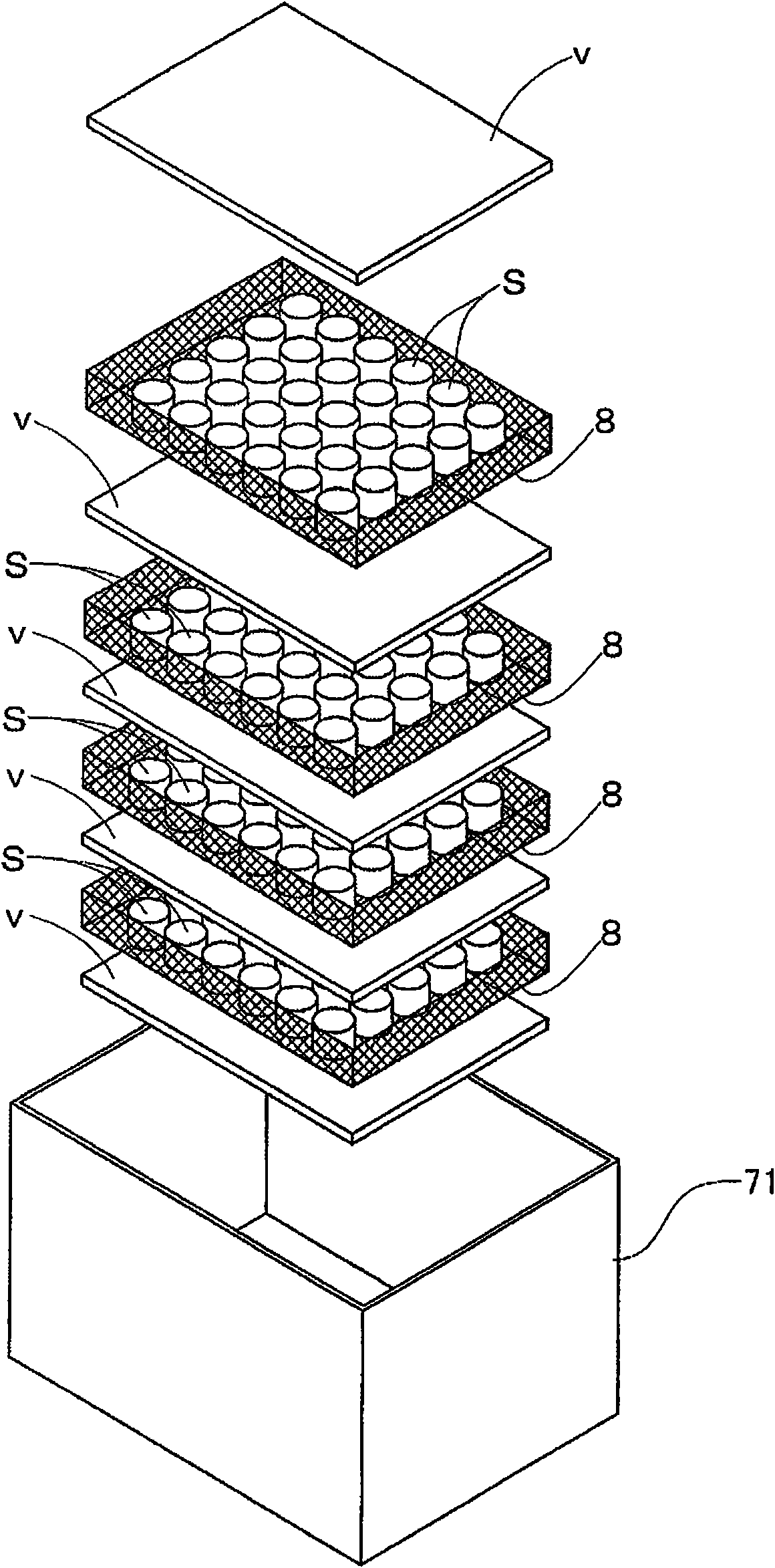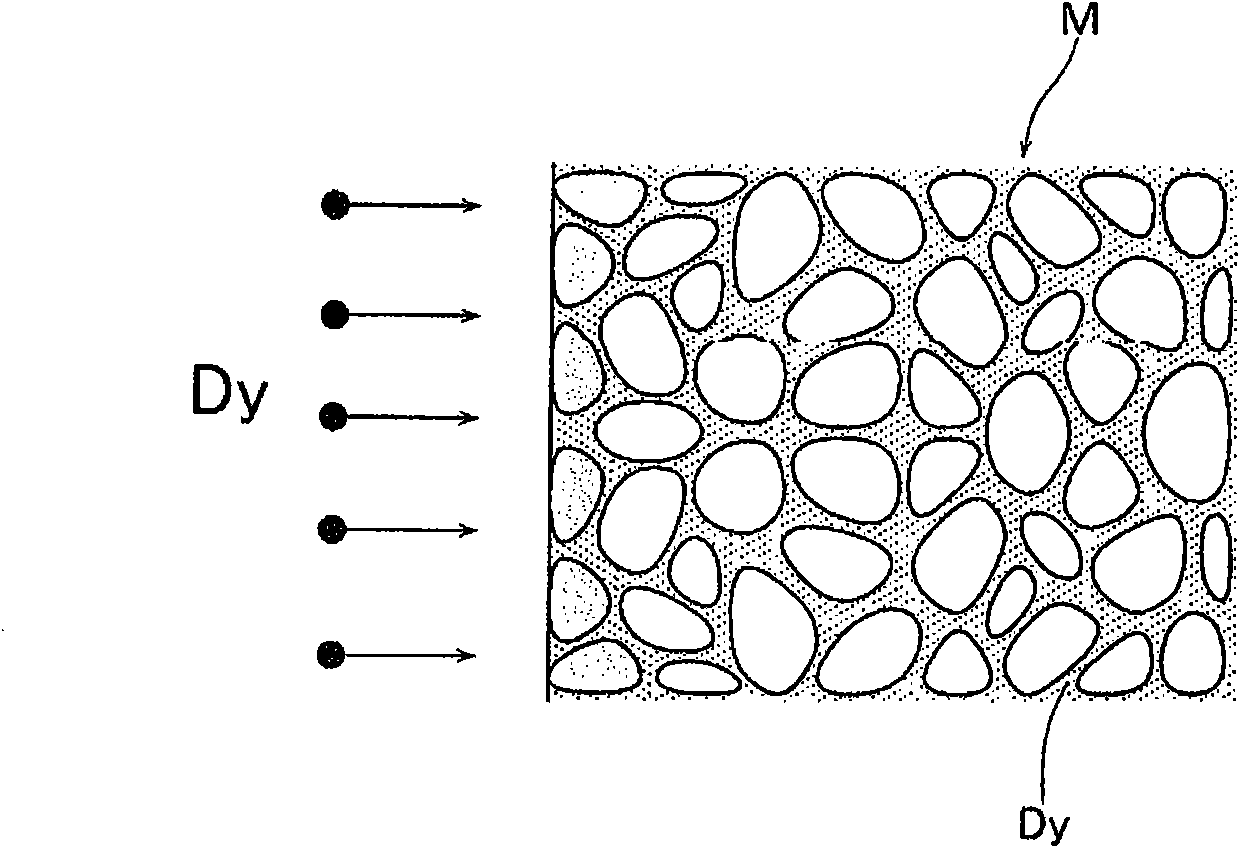Method for regenerating scrap magnets
A technology of magnets and sintered magnets, applied in the direction of magnetic objects, permanent magnet manufacturing, magnetic materials, etc., can solve the problems of low productivity and high cost, and achieve the effects of increasing productivity, reducing costs, and reducing production equipment
- Summary
- Abstract
- Description
- Claims
- Application Information
AI Technical Summary
Problems solved by technology
Method used
Image
Examples
Embodiment 1
[0057] In Example 1, waste magnets used in hybrid vehicles were recovered to produce regenerated magnets. The scrap magnet is made from industrial pure iron, metal neodymium, low-carbon iron boron and metal cobalt according to the proportion (% by weight) of 23Nd-6Dy-1Co-0.1Cu-0.1B-remainder Fe. In addition, since the recovered waste magnets are subjected to surface treatment such as Ni plating, the surface treatment layer (protective film) is peeled off using a known release agent and washed. Then, the waste product is pulverized into about 5 mm to obtain recycled raw materials.
[0058] In addition, with industrial pure iron, metal neodymium, and low-carbon iron-boron as the main raw materials, according to the proportion of 24(Nd+Pr)-6Dy-1Co-0.1Cu-0.1Hf-0.1Ga-0.98B-remainder Fe ( % by weight), vacuum induction melting was carried out, and a flaky ingot (melting raw material) with a thickness of about 0.4 mm was obtained by strip casting.
[0059] Next, the recovered raw m...
PUM
| Property | Measurement | Unit |
|---|---|---|
| Curie point | aaaaa | aaaaa |
| thickness | aaaaa | aaaaa |
Abstract
Description
Claims
Application Information
 Login to View More
Login to View More - R&D
- Intellectual Property
- Life Sciences
- Materials
- Tech Scout
- Unparalleled Data Quality
- Higher Quality Content
- 60% Fewer Hallucinations
Browse by: Latest US Patents, China's latest patents, Technical Efficacy Thesaurus, Application Domain, Technology Topic, Popular Technical Reports.
© 2025 PatSnap. All rights reserved.Legal|Privacy policy|Modern Slavery Act Transparency Statement|Sitemap|About US| Contact US: help@patsnap.com



